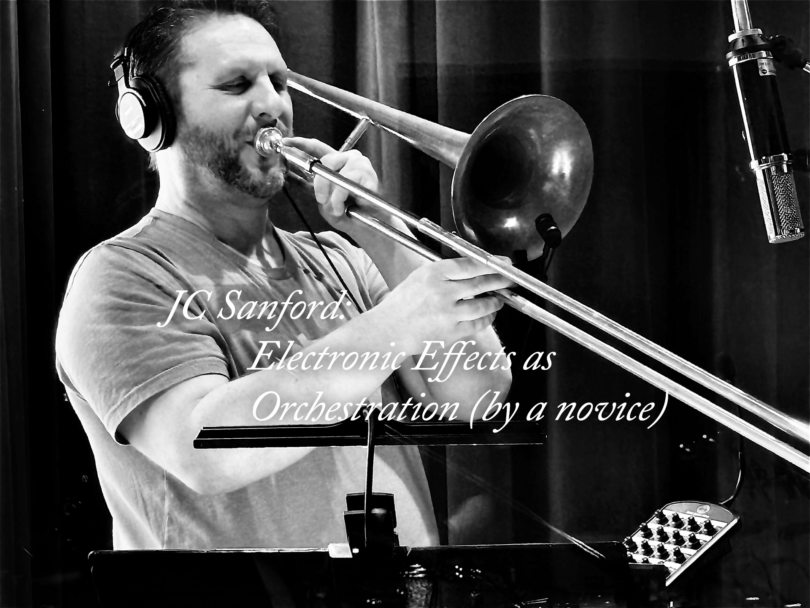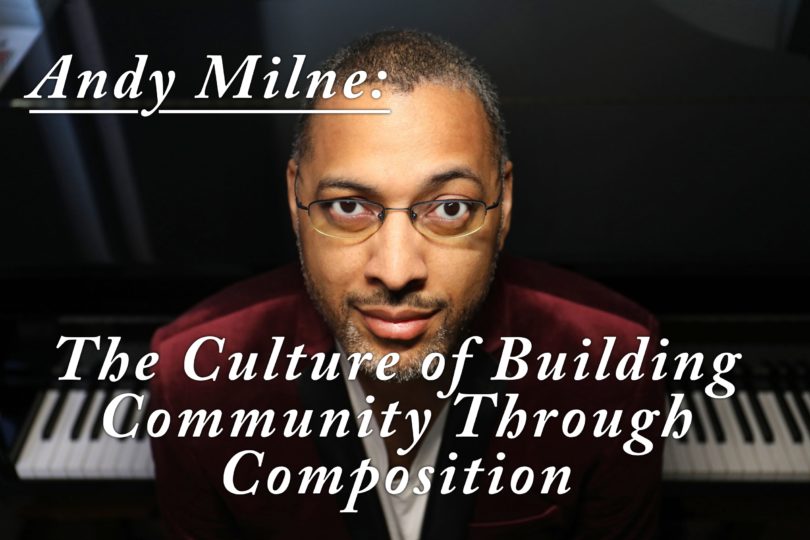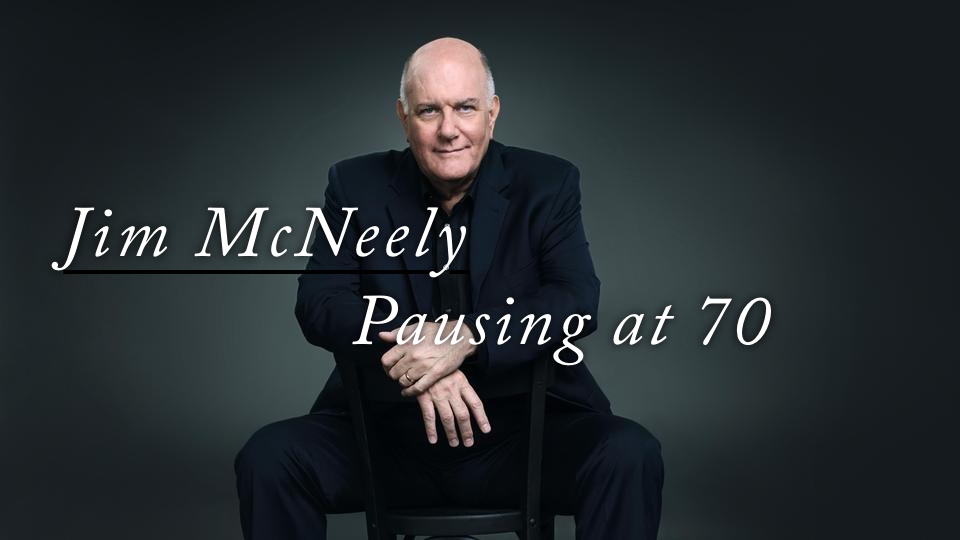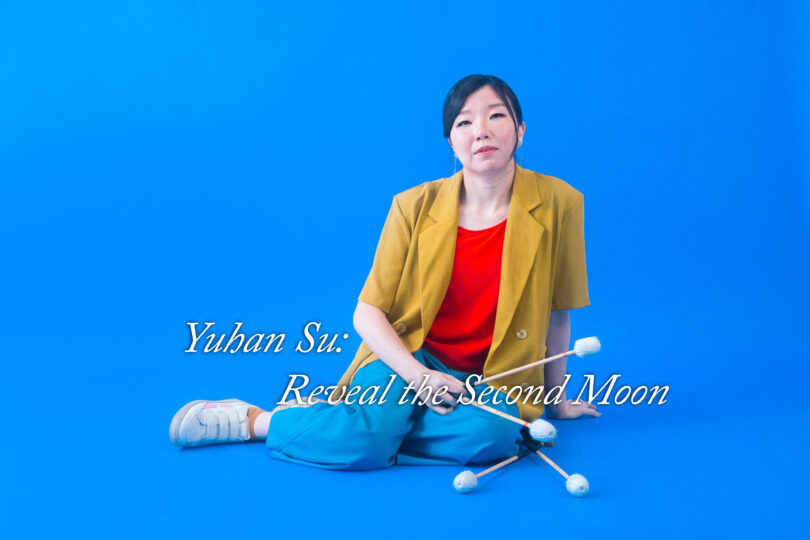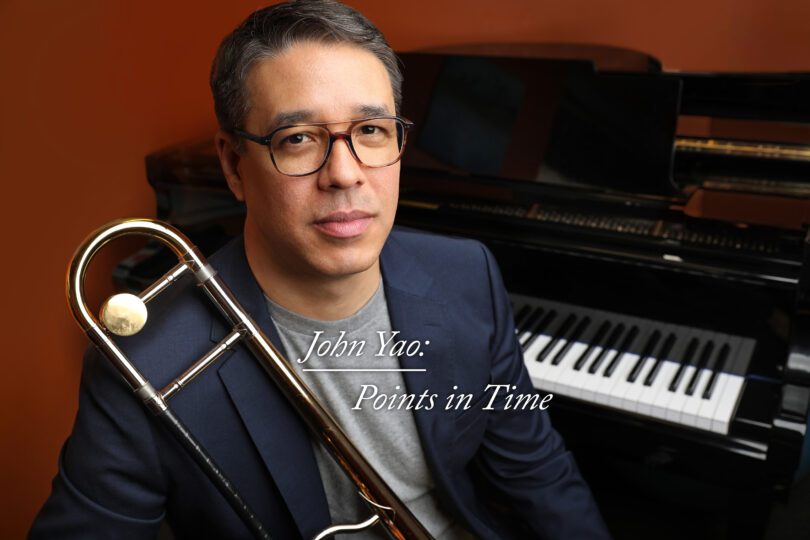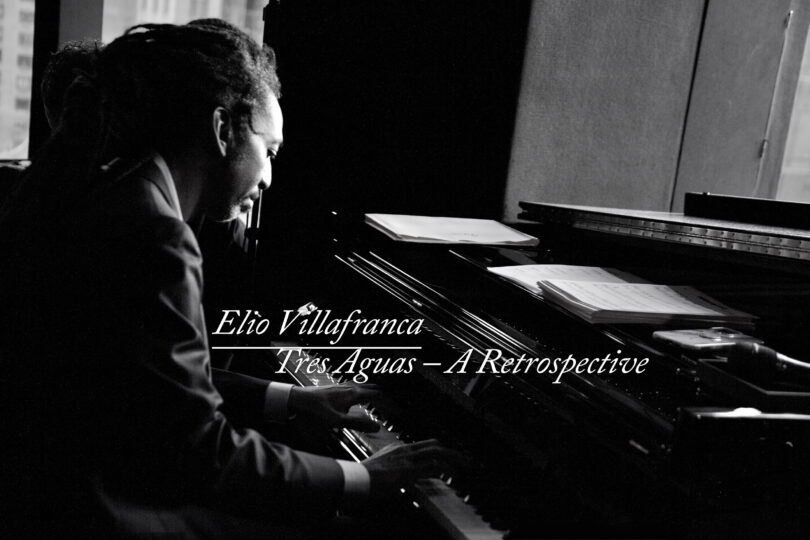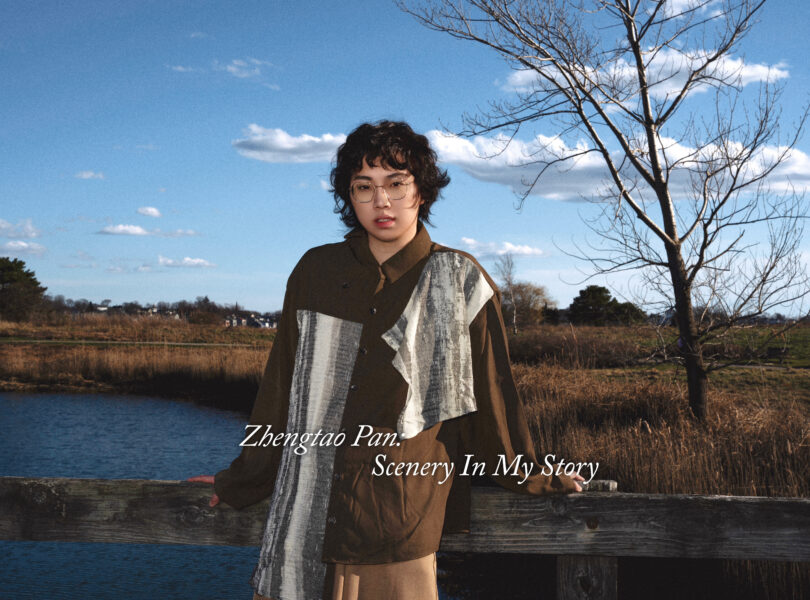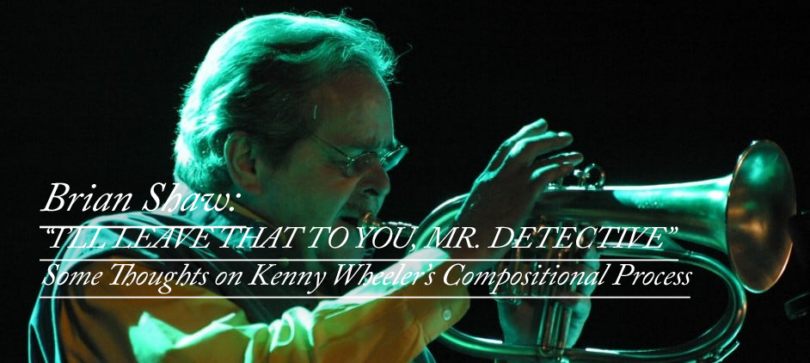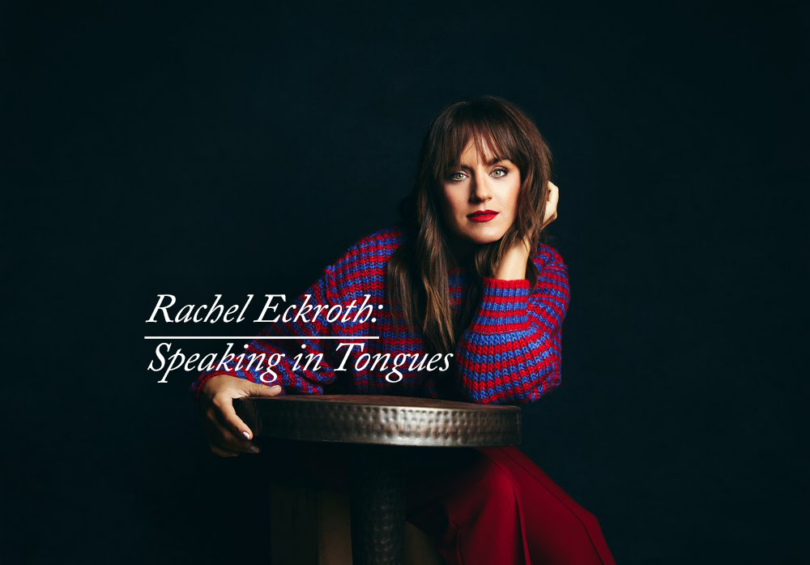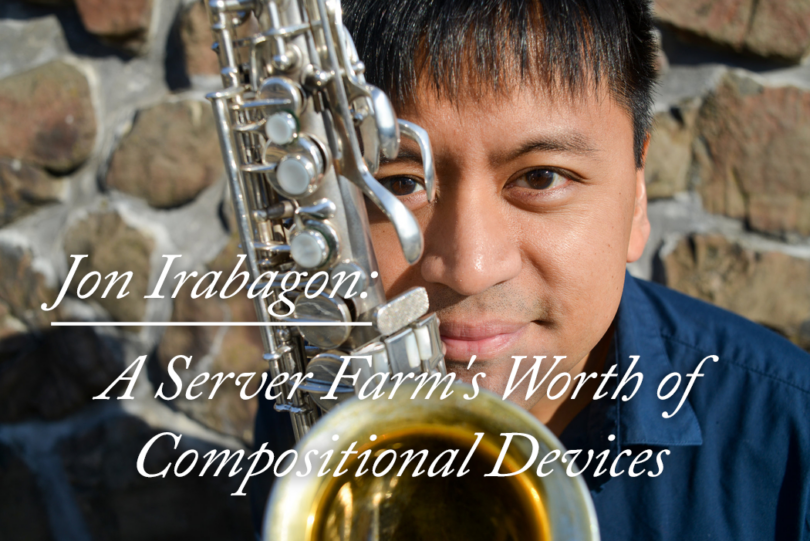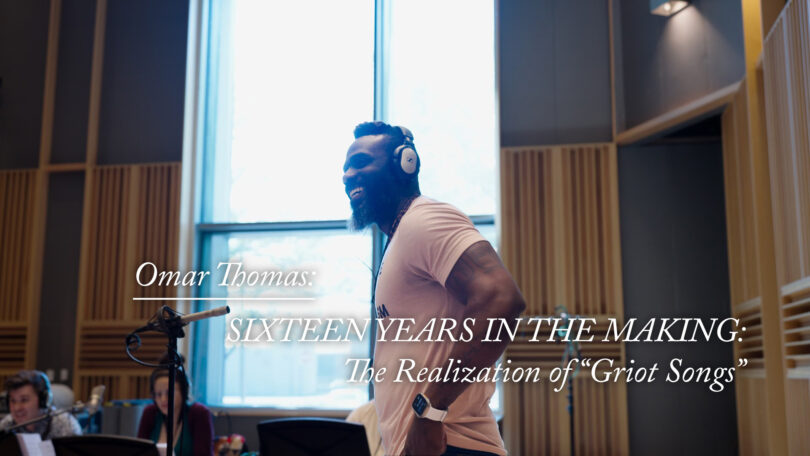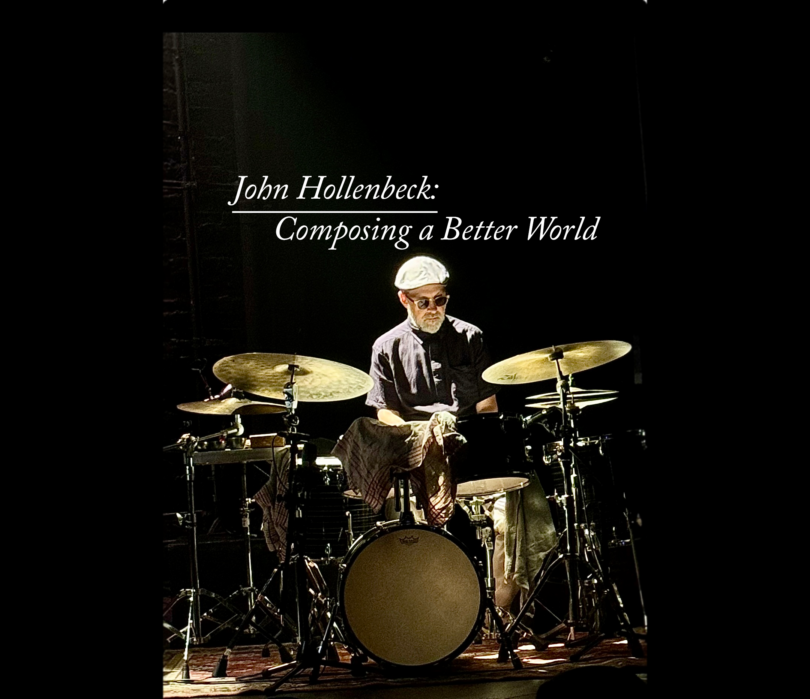
“Reviving the past is both impossible and a waste of time.”
Thanks to JC Sanford and to ISJAC for inviting me to contribute to this fantastic blog. I am honored to be in company with all the talented musicians who have written articles for this blog. I am thrilled to say that my book project on ArtistShare, Bob Brookmeyer in Conversation with Dave Rivello, has finally been released, but before I give you information about the project itself, I want to tell you a bit about my experiences with Brookmeyer’s music, how I met Bob, and how this book came to be.
My story with Bob Brookmeyer actually begins from my undergrad days at Youngstown State University in Youngstown, Ohio. A fellow student in the jazz program caught me after big band rehearsal one day and told me to go the local record store and buy the album Bob Brookmeyer, Composer Arranger with Mel Lewis and the Jazz Orchestra. I went over that day and picked it up. When I got home, I put it on the turntable and as the first notes of Ding, Dong, Ding rang out, my whole world changed. Up until then, I had listened to a lot of big band music – Thad Jones, Basie, Woody Herman, Stan Kenton, Maynard Ferguson, Buddy Rich and others – but I never heard anything like what I was hearing at that moment. I wore this record out, I played it so much, and when the next album with Bob and Mel came out, Make Me Smile & Other New Works, I wore that album out, too. (We sometimes jokingly refer to Make Me Smile & Other New Works as the “Brookmeyer White Album” because of its original LP cover.) This recording further expanded my sonic horizons and made me want to be a composer even more, and to be one more than anything else. Every time I listened to these two recordings, I thought to myself, “I wonder what it would be like to meet Bob Brookmeyer?” and “I wonder if that could happen someday?”
Well, not only did I get to meet him, but I got to spend fifteen amazing years working with him, first as his copyist, then as his student, and ultimately as his friend. Every time I visited, even in the later years when I’d go just to hang out for a weekend, he always continued to slip in a lesson and they were always exactly what I needed to hear at that moment, to further my work. But again, I jumped ahead, so let me go back and catch up with the story.
In the mid 1990’s, Fred Sturm (then Chair of the Eastman School of Music Jazz and Contemporary Media program), told me that there was a new Brookmeyer recording called Electricity, but that it was only available in Europe. He suggested I call Bob to get a copy and he gave me Bob’s phone number in New Hampshire. When I finally got up the nerve to make the call, I dialed, hoping that I would get his answer machine and that I could just leave a message, but Bob answered the phone. I was a bit nervous, but after only a few minute’s conversation, Bob put me right at ease.
As it turned out, he knew my name from Manny Albam. He and Manny were co-teaching the BMI Jazz Composer’s Workshop in New York City. I knew Manny from the Arranger’s Holiday summer program at Eastman, headed by Rayburn Wright. Bob and I talked for a few minutes about his new CD, and then he asked me what else I did besides composing. I told him I had also worked as a professional copyist for years. This was right on the edge of Finale coming in and he asked me if I copied by hand or on the computer. I told him I did both, but preferred copying by hand. He told me he might need me some day, and also, that he would send me his Electricity CD. I hung up and thought, “Brookmeyer is so progressive, he probably wants computer copying and I probably just messed that one up.”
A couple of weeks later, though, I got a call from Bob. He said, “Dave, it’s Brookmeyer – I need you!” He told me he was very behind on writing a four-movement suite for Clark Terry’s seventy-fifth birthday concert and wanted to know if I could copy it. Then he stated, “And I want hand copying.”
I, of course, said yes. I couldn’t believe my luck – that I would get to see a Brookmeyer piece before anyone else and get to study it… but there was no time for studying at that point. Bob wasn’t joking when he said he was behind. I got to know the Fed-Ex guy by his first name. Every day more pages arrived. I hired two proofreaders, so that one of them was always in my house. I wish I would have taken a picture of the stack of parts before I sent them to Germany. The pieces I copied were Silver Lining, Gwen, Glide, and Blue Devils. During this time, when I would call Bob with note questions, I said I would love to take a lesson with him. He said that we would find a time for that.
Shortly after the Clark Terry project was done, Bob called and gave me a date for the lesson. He told me to bring some of my work, and that I could decide if I wanted to work with him, and that he would decide if he wanted to work with me. I knew the answer to my half of this equation, but thought that if he said, “No, sorry kid…” – well, thankfully that didn’t happen, and he took me on as his student.
As many who knew him will tell you, Bob was incredibly generous. He knew that I couldn’t afford to pay for the lessons, so, as I mentioned in my Preface to the book, our agreement was that we would barter copywork for the lessons, but somehow every time I copied for him, there was a “budget” for copying from whoever was commissioning the music. In other words, he never let me pay. Along with this, he always made me call ‘collect’ for our phone lessons. So, when he turned eighty, I wanted to do something special for him. I organized an eightieth birthday concert at the Eastman School of Music. We played two hours of his music programmed chronologically and then, as an extra, I asked Bill Holman, Jim McNeely, John Hollenbeck, and Ryan Truesdell to each write a one-minute tribute to Bob on “Happy Birthday”. I also wrote one. I interspersed these “commissions” throughout the program. After the concert, we had a reception upstairs outside the Kilbourn Hall doors. I have a great picture of Bob blowing out the candles on the birthday cake we got for the occasion. I felt that it was a small thank you on my part for all he had given me. He wrote about it afterward and was clearly moved by the evening.
Bob’s Memorial Service
The other thing that I did around this time, was take a page from his playbook. He once told me that later in Bill Finegan’s life (Bill was Bob’s hero), he called Bill once a week, always asking if his pencil was moving. I started doing the same thing every week with Bob – I don’t know if he ever connected it.
“You can’t find your future by ear – you’re either hearing your past or someone else’s.”
From my first lesson on April 16, 1996, Bob changed my life. The compositional exercises and the Three-Pitch Module Approach to composition that he developed are what I have been teaching at the Eastman School of Music for the past several years and are life-changing for all of the students who go through them. These exercises certainly changed and shaped my own writing. I realized then that the only way to get these unique exercises and the Three-Pitch Module Approach, was to study with Bob, or to study with someone who studied with Bob.
A few years into working with Bob, I started thinking that I would like to write a book about him and his compositional processes so that this information would be available to all. We both shared a love of books and particularly books of composers in conversation. There were several that we would often talk about – Conversations with Witold Lutoslawski, Ligeti In Conversation, Conversations with Nadia Boulanger, Conversations with Iannis Xenakis, Morton Feldman Says, and Flawed Words and Stubborn Sounds – a conversation with Elliott Carter. So that is where I began my project from, and Bob Brookmeyer in Conversation with Dave Rivello is the result.
After Bob and I discussed the idea of the book and decided on a time we could sit down and talk, he had me come to his house for a few days in February 2010. It was during that weekend visit that I recorded over ten hours of Bob answering my questions, with his answers often making me think of new questions to ask. During those three days, we recorded the interviews that would eventually become the book, and then late into the nights we would listen to – and talk about – music. When the book was finally finished, I thought that there would be no one better to write the Foreword than Jim McNeely, so I contacted him, and he graciously agreed to write it. It couldn’t be more fitting.
Since this is an ArtistShare® project, there is also an entire web component. Here is a list of the web content:

“The first solo only happens when nothing else can.”
In the book, Bob and I discuss all of the exercises and how to do them. My own homework, along with Bob’s corrections, is part of the downloads that come with the project on the Composer Participant level, in the streaming audio lessons. Here is a page from the book and is the first assignment (in Bob’s hand) that he had me do. The “White Note” exercise:

Here is another example from my first lesson:

The book also includes three appendices: Bob’s suggested listening list (mostly modern classical pieces), a list of Brookmeyer quotes (compiled from my lessons and many other sources), and a list of compositions starting from 1979, which was the year Bob returned to composition after a ten-year hiatus.
I will leave you with a couple of quotes from the back of the book:
“Brilliance and wisdom abound in this treasure of a book that is pure Brookmeyer gold. We can all be thankful to Dave Rivello (whom Bob loved and trusted) for having the foresight to conduct these wonderful interviews. Thanks to Dave, Bob’s tremendous insights are not lost treasures, but ones that will continue to enrich us all.” – Maria Schneider, composer and bandleader
“Dave, what a great idea! I can’t wait to get into the book and see the processes that Bob sometimes would glide over… as if we had an idea what he was talking about. – Bill Holman, composer and bandleader
I sincerely hope this article has given you some perspective on Bob Brookmeyer and will lead you to look further into his work. His archive of original manuscripts, and many personal documents and papers, is housed at the Eastman School of Music Sibley Library in Rochester, New York.
Bob Brookmeyer in Conversation with Dave Rivello can be found here:
Cover painting by Dutch painter Nikolaj Dielemans: http://www.nikolajdielemans.com
AND JC – here also is a great link to the Youtube video from Bob’s memorial service of his life and music that Maria, Ryan and Marie Le Claire put together, called The Life and Music of Bob Brookmeyer. I think it would be great to include this link also.
About the Author:

Dave Rivello is an American-born composer, arranger, conductor and bandleader working primarily in Jazz, Contemporary Media, and Modern Classical idioms. He apprenticed with Rayburn Wright, Bob Brookmeyer, Manny Albam, Bill Holman, and Sam D’Angelo.
He leads a 12- piece ensemble (The Dave Rivello Ensemble) that is his main orchestral voice. He is also the author of the book, Bob Brookmeyer in Conversation with Dave Rivello (ArtistShare). His debut recording, Facing The Mirror, received strong praise from reviewers in the United States, Italy and Ireland. The Village Voice Jazz Critics Poll chose Facing The Mirror as the Debut Release of that year.
He co-produced the Gil Evans Project live recording, Lines of Color – with leader Ryan Truesdell, which was nominated for a Grammy. He also recently co-produced Jennifer Bellor’s recording, Reflections at Dusk, on Innova Recordings.
He has served as composer-in-residence at a number of schools, writing for their ensembles, giving clinics as well as private lessons. His residencies have been sponsored by Meet The Composer, Harvard Project Zero, and The New York Council of the Arts. He has written for and been commissioned by: The Smithsonian Institute, The United States Air Forces in Europe Band, The University of North Carolina-Wilmington, The Youngstown Symphony Orchestra, The Penfield Symphony Orchestra, The Eastman Wind Ensemble, Bobby McFerrin, David Taylor, Phil Woods, Randy Brecker, Regina Carter, the Airmen of Note, The Rochester Philharmonic Orchestra, and many others. His music has been widely performed throughout the U.S. as well as in Germany and Spain. He is also on the faculty at the world-renowned Eastman School of Music.
He will be presenting on Bob’s Compositional Exercises at the Jazz Education Network conference in New Orleans this January. The presentation is Thursday January 9th from 1:00-1:50 PM.
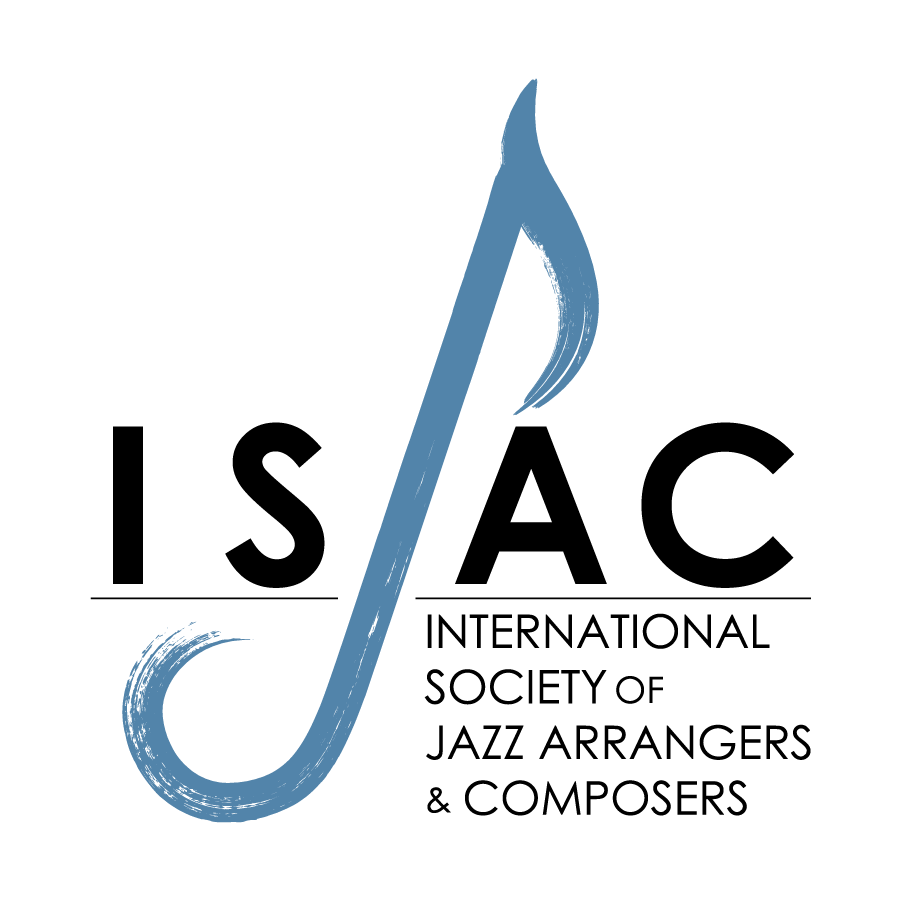
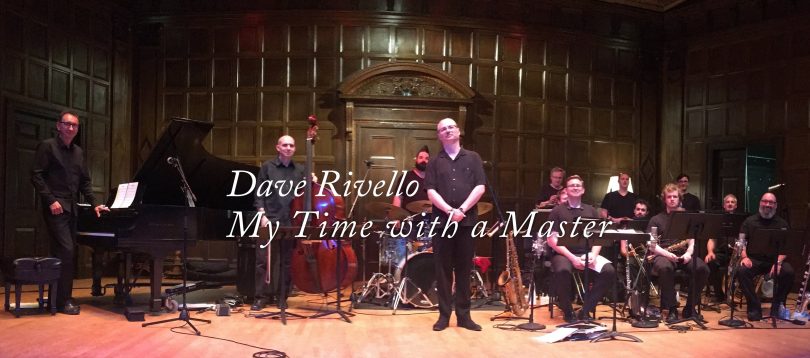
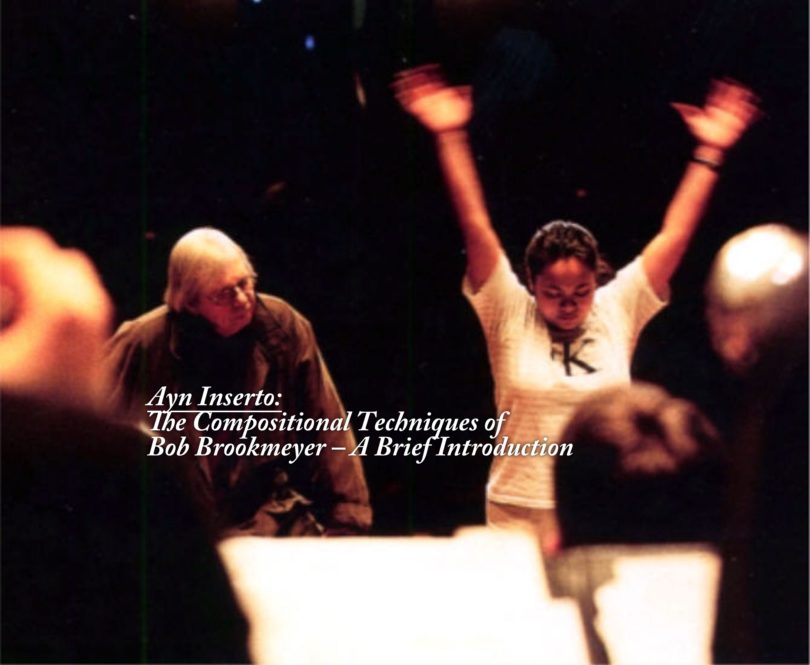



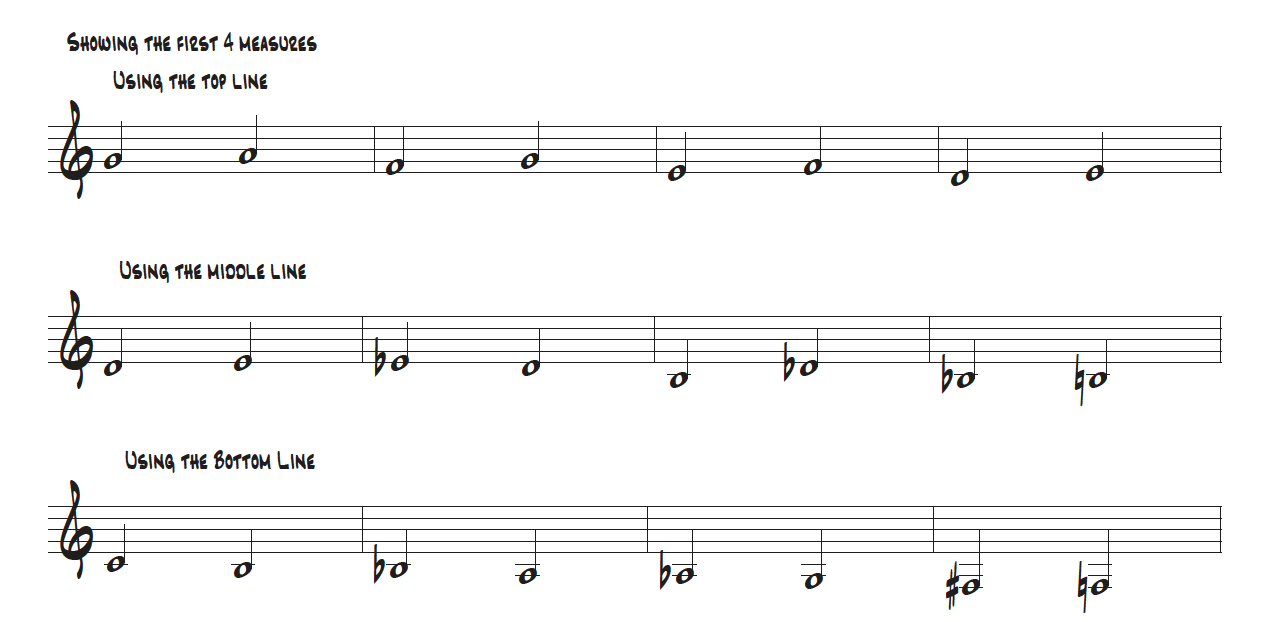



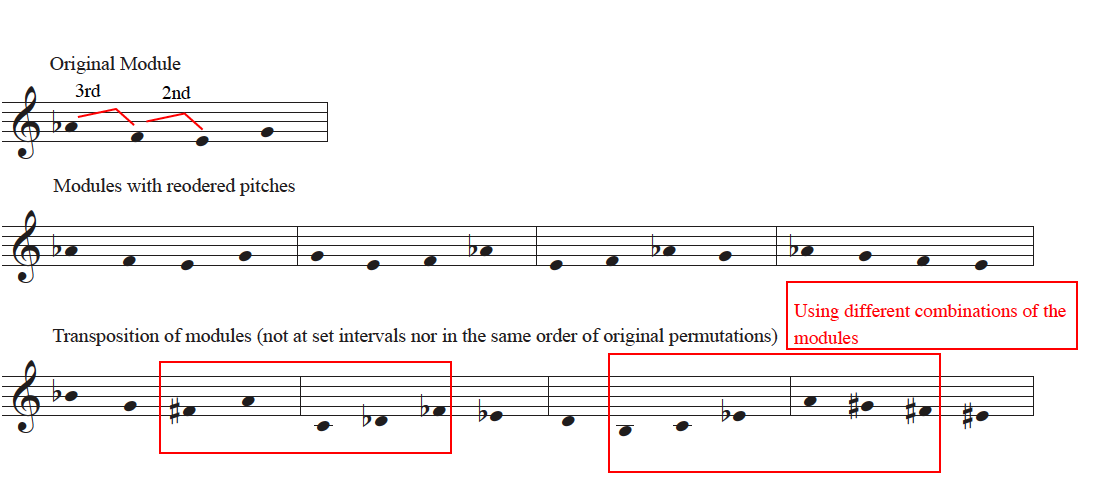

 Ayn Inserto is a groundbreaking composer who is emerging as one of the preeminent voices of her generation. She received her Master of Music degree in Jazz Composition from the New England Conservatory and is a winner of the IAJE/ASCAP Emerging Composer Commission honoring Frank Foster and the ASCAP Young Jazz Composers’ Awards. She was picked by Bob Brookmeyer to study jazz composition as his protégé.
Ayn Inserto is a groundbreaking composer who is emerging as one of the preeminent voices of her generation. She received her Master of Music degree in Jazz Composition from the New England Conservatory and is a winner of the IAJE/ASCAP Emerging Composer Commission honoring Frank Foster and the ASCAP Young Jazz Composers’ Awards. She was picked by Bob Brookmeyer to study jazz composition as his protégé.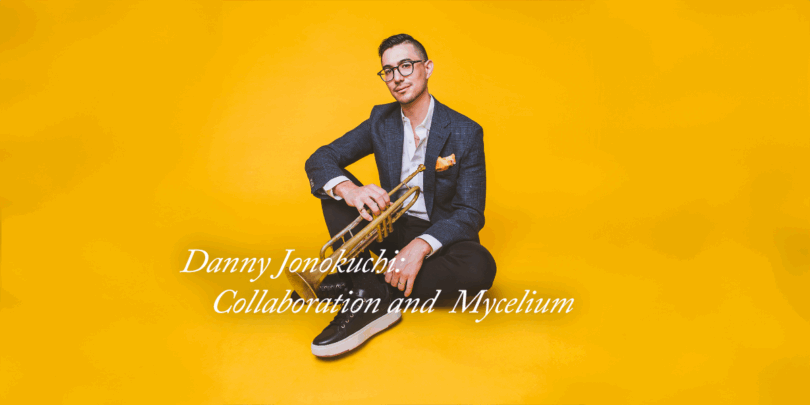
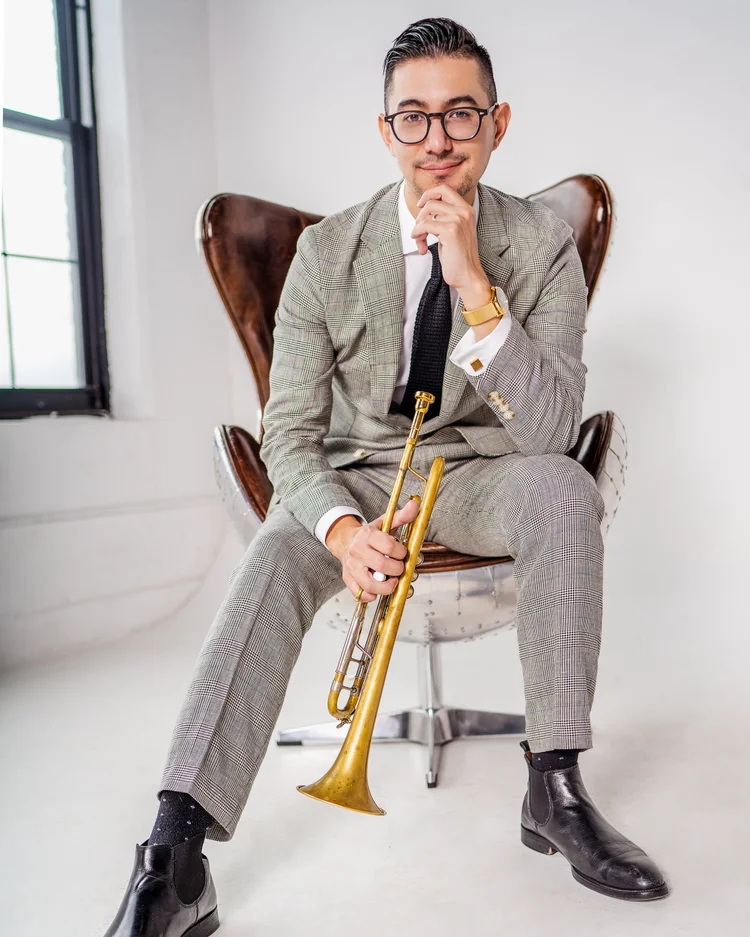 Danny Jonokuchi is a multi-talented jazz artist based in New York City and Los Angeles. As a jazz trumpeter, vocalist, composer, arranger, producer, and educator, few artists are as diversely involved in their craft. Whether arranging for artists like Lady Gaga, composing original works for full orchestras, or performing in intimate jazz trios, his distinctive musical voice always shines through. Recognized for his performance on two GRAMMY© Award-winning projects, Jonokuchi has been praised for his “world-class arrangements” (Broadway World) and his work as both a performer and producer. He is also a recipient of several awards including the 2024 ISJAC Wayne Shorter Jazz Arranging Prize, the 2020 ASCAP Foundation Louis Armstrong Award, and he was unanimously named the winner of the 2020 Count Basie Great American Swing Contest. He has released five albums as a leader with his large and small ensembles.
Danny Jonokuchi is a multi-talented jazz artist based in New York City and Los Angeles. As a jazz trumpeter, vocalist, composer, arranger, producer, and educator, few artists are as diversely involved in their craft. Whether arranging for artists like Lady Gaga, composing original works for full orchestras, or performing in intimate jazz trios, his distinctive musical voice always shines through. Recognized for his performance on two GRAMMY© Award-winning projects, Jonokuchi has been praised for his “world-class arrangements” (Broadway World) and his work as both a performer and producer. He is also a recipient of several awards including the 2024 ISJAC Wayne Shorter Jazz Arranging Prize, the 2020 ASCAP Foundation Louis Armstrong Award, and he was unanimously named the winner of the 2020 Count Basie Great American Swing Contest. He has released five albums as a leader with his large and small ensembles.